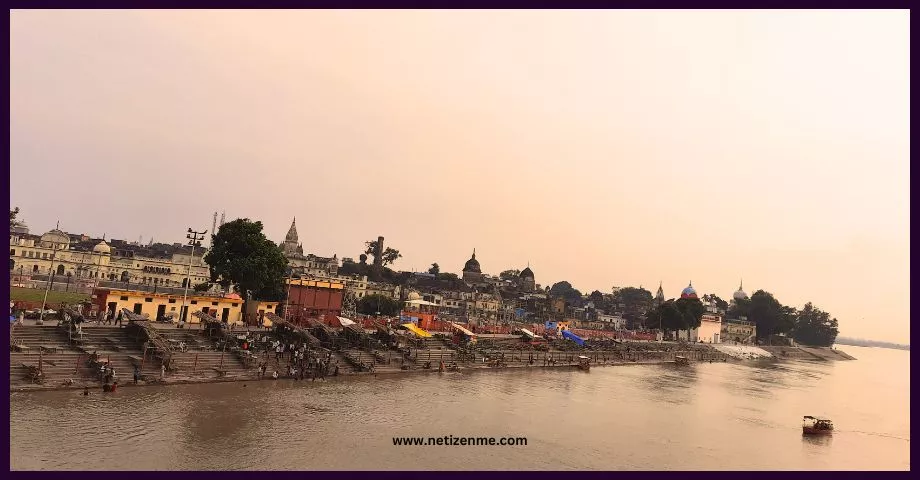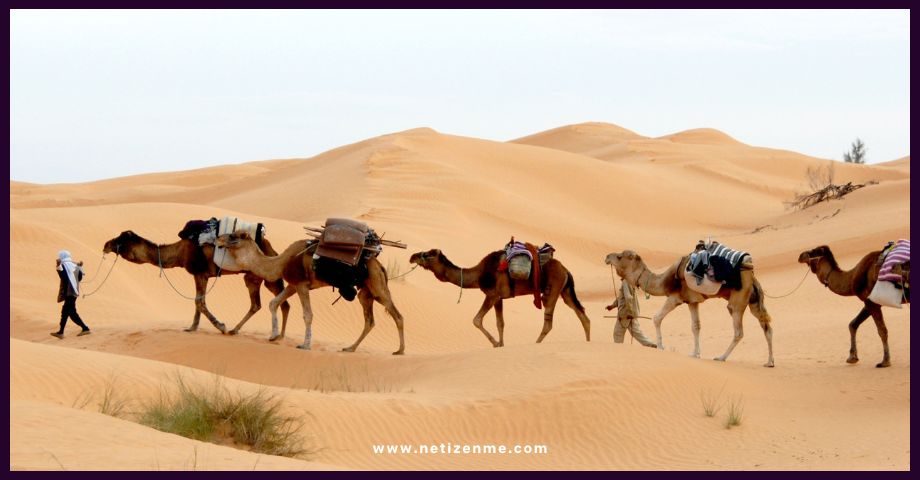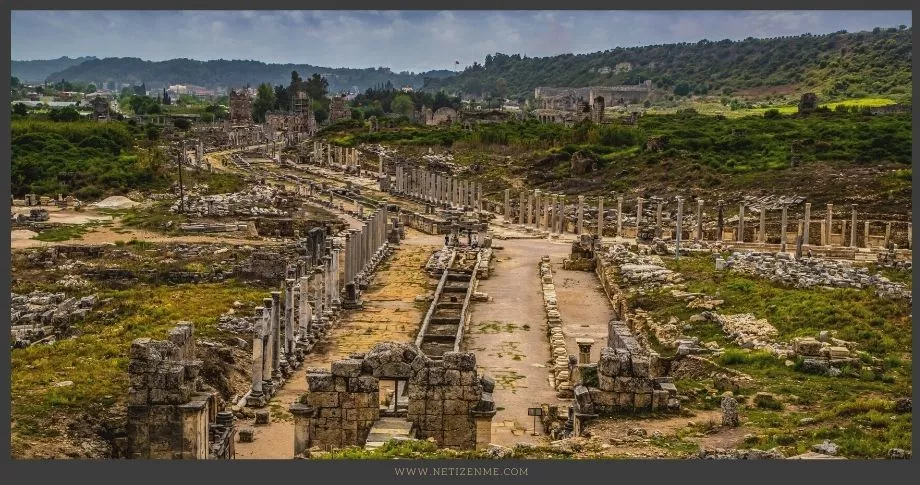The Indian Ocean, the third-largest water body on Earth, has played a pivotal role in shaping the cultures and economies of its bordering nations through the dynamic trade channels. How did geography affect the Indian Ocean trade routes? This blog post explores how geographical elements uniquely positioned the Indian Ocean as a thriving trade nexus, influencing routes and the exchange of goods, ideas, and cultures. We will explore the natural harbors, monsoon wind patterns, and strategic locations facilitating this prolific maritime trade network.
The Influence of Geography on Indian Ocean Trade
How did geography affect the Indian Ocean trade routes?
Natural Harbors and Coastal Topography
The Indian Ocean’s trade was significantly enhanced by its abundant natural harbors and navigable coastlines. Regions such as the Malabar Coast of India, the Arabian Peninsula, and the eastern coast of Africa are replete with deep harbors. These geographical features provided safe havens for merchants and sailors during storms and were instrumental in developing bustling port cities like Calicut, Zanzibar, and Aden. The accessibility and safety of these harbors allowed for increased trade frequency, encouraging a boom in economic activity that drew traders from as far as Europe and China.
Monsoon Winds: The Seasonal Rhythms of Trade
The predictable patterns of the monsoon winds were perhaps the most critical geographical factor in shaping Indian Ocean trade routes. The winds blow from the southwest during half of the year and from the northeast during the other half. This predictability allowed ancient mariners to plan their voyages according to the most favorable winds, significantly reducing the time and risks of long sea voyages. Traders could leave the Arabian Peninsula in November, use the northeast monsoon to reach India, and return with the southwest monsoon, laden with goods. This utilization of monsoon winds exemplifies how geography dictated the timing and paths of trading voyages, thereby structuring the economic calendar of the region.
Strategic Locations Along the Trade Routes
Strategically located islands and chokepoints along the Indian Ocean trade routes also played crucial roles. Islands like Sri Lanka and the Maldives served as stops for rest and resupply and acted as exchange points for trade between different regions. Additionally, critical chokepoints such as the Strait of Malacca and the Bab el Mandeb Strait between Yemen and Djibouti controlled the access to the bustling ports of Southeast Asia and the Red Sea, respectively. Control over these points meant economic power, so these areas were highly contested among emerging maritime powers.
Cultural Exchanges and the Spice Trade
Beyond the economic implications, the geographical layout of the Indian Ocean facilitated profound cultural exchanges. Ports became melting pots of cultures, where languages, ideas, and beliefs were as commonly traded as spices and textiles. The spice trade, in particular, highlights the interdependence of geography and economic prosperity. Spices such as pepper, cinnamon, and cardamom, primarily cultivated in the tropical climates of South Asia and Southeast Asia, were among the most sought-after goods. These regions’ lush, fertile landscapes made them the epicenter of the spice trade, drawing merchants from across the ocean.
Why did trade begin across the Sahara Desert?
Conclusion: The Lasting Impact of Geography on Trade
In conclusion, the geographical features of the Indian Ocean region—its natural harbors, strategic locations, and the monsoon wind system—were fundamental in shaping its trade routes. These natural characteristics not only dictated the logistics and economic strategies of ancient trade but also fostered cultural exchanges that have shaped the identities of the bordering nations to this day. The legacy of these geographical influences continues to impact the region, underscoring the enduring relationship between geography and trade. This exploration not only reaffirms the Indian Ocean’s role as a critical artery of commerce but also highlights the natural world’s capacity to influence human activity.
This article is written by:
Our professional writers and editors are passionate about sharing high-quality information and insights with our audience. We conduct diligent research, maintain fact-checking protocols, and prioritize accuracy and integrity to the best of our capacity.
You can cite our articles under the author name "Netizenme"




